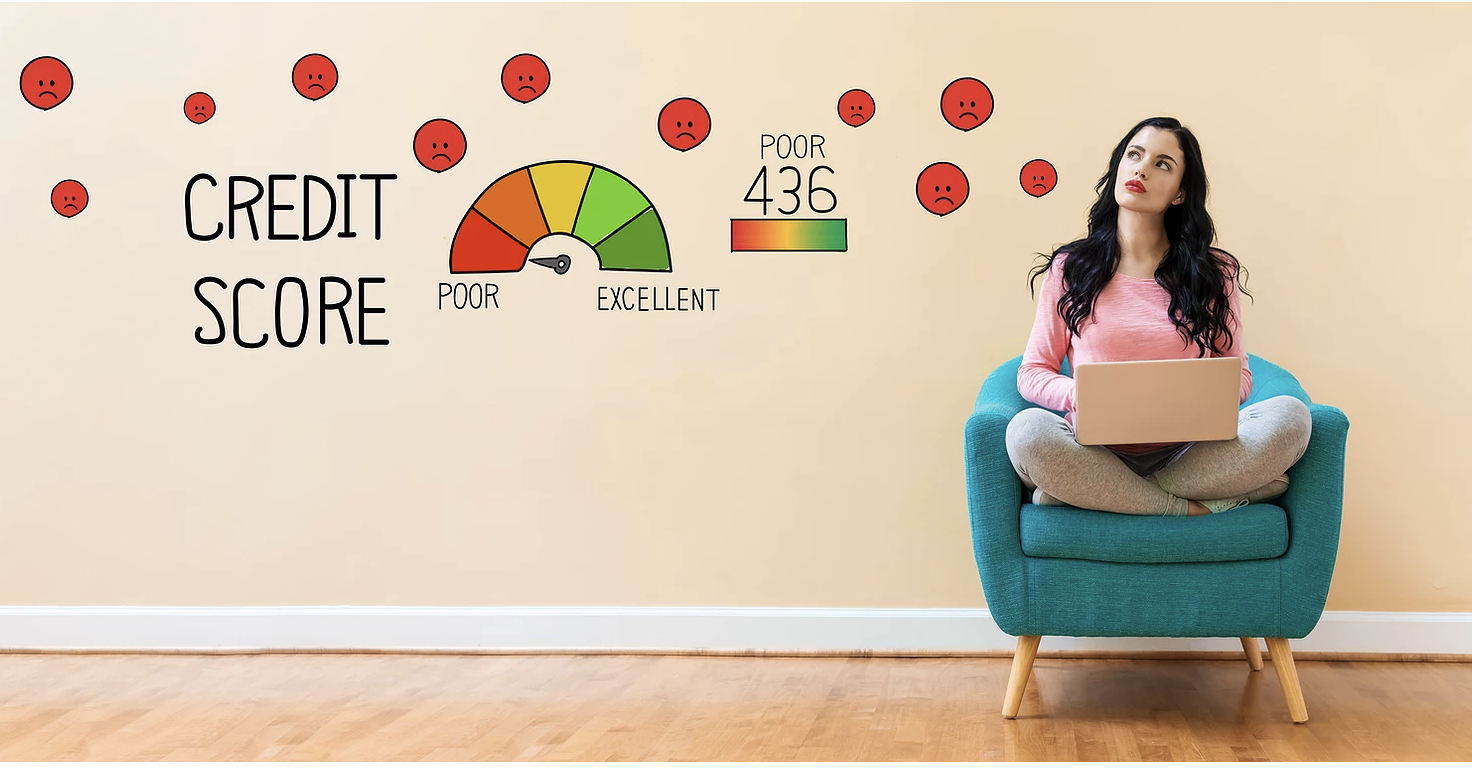
A Credit Score: The Break Down
What is a credit score?
A credit score is a number that represents your past and present financial history to best determine the odds of your future choices. But what does that even mean?
Think of your credit score as a report card. A score can range between 350 and 850. Those scores represent your grade
- A+ scores are considered from 740 and up
- Scores from 599 and down are failing grades.
How are these scores measured?
In general, the way the score is calculated is by:
- The number of accounts you have
- The types of accounts
- Your used credit vs. your available credit also know as Debt to Income (DTI)
- The length of your credit history
- Your payment history
Depending on the scoring model used, the weight each factor carries as far as impacting a credit score may vary.
** Want to learn more about how your score is determined? Read here. **
Who decides the score?
If your credit score is a report card, then your grades are recorded by the school. In this case, there are three schools, or three main credit bureaus– Equifax, Experian, and Trans Union. These bureaus are repositories of data, but they don’t actually make the scores – they just report them.
First, lenders and creditors send information reports to the bureaus. For example, an information report would be sent to the bureaus when you open a new credit card. That credit company would report the date you opened a new credit card, what your spending limit is, and how much you use on that card each month.
Then, the bureaus use an algorithm from a ‘credit scoring model’ companies, such as FICO, BEACON or Vantage. That algorithm and your information reports create the scores that appear on your credit report.
Did I just say scores? Yes. That wasn’t a mistake. Since there are three major bureaus, you actually have three separate credit scores.
Your credit score can vary because not all lenders and creditors report information to all three major credit bureaus. While many do, others may report to two, one or none at all. In addition, each bureau might use a different credit scoring model depending on which company they work with.
These companies, FICO, BEACON and Vantage, are meant to prevent a conflict of interest when scores are being calculated at the repositories. But since there are three different bureaus and three different credit model score companies – the results can lead to three very different scores.
Yes, this is as complicated as it sounds.
Why do we have these scores?
So if your score is a report card and the bureaus are your school, then your report card is created to be reviewed by your parents AKA lenders, such as banks.
Credit scores represent your creditworthiness. Lenders use this score to determine your risk. What this means is they use the report information to figure out how and if they can loan you money and the odds are that you will pay it back (on time).
The types of credit scores used by lenders and creditors may vary based on their industry. For example, if you’re buying a car, an auto lender might use a credit score that places more emphasis on your payment history when it comes to auto loans. In addition, lenders may also use a blended credit score from the three major credit bureaus, meaning they will take the average of your three scores.
So how does this affect me?
All of this can be incredibly confusing, but at the end of the day you might have been living your life perfectly happy and unaware of you credit score. So why does your credit score matter?
Let’s say for example, you want to buy a house that costs $250,000. If you don’t have that money hiding under your mattress, you are probably going to need to get a mortgage. A mortgage is when a creditor lends you money to buy your home and then you pay it off monthly for a determined period of time plus interest.
If you scores are in the F grade territory, you might not be approved for the mortgage. If you scores are below an A+, you might be approved for the mortgage with a high interest rate.
For example:
- Applying for a mortgage with a 589 credit score (failing).
- o Not Approved
- Applying for a mortgage with a 665 credit score (high interest rate) –
- o $250,000 + 25% interest = $312,500 total (that is $62,500 extra you are paying for the interest)
- Applying for a mortgage with a 748 credit score (A+)
- o $250,000 + 4% interest = $260,000 total (that is $10,000 extra you are paying for the interest)
Having an A+ credit score can save you $52,500 in this scenario.
Being aware of your credit score, and knowledge about how it all works, can save you money. In general, those with higher credit scores have lower interest rates on loans, cheaper car insurance, and the ability to buy a new home.
